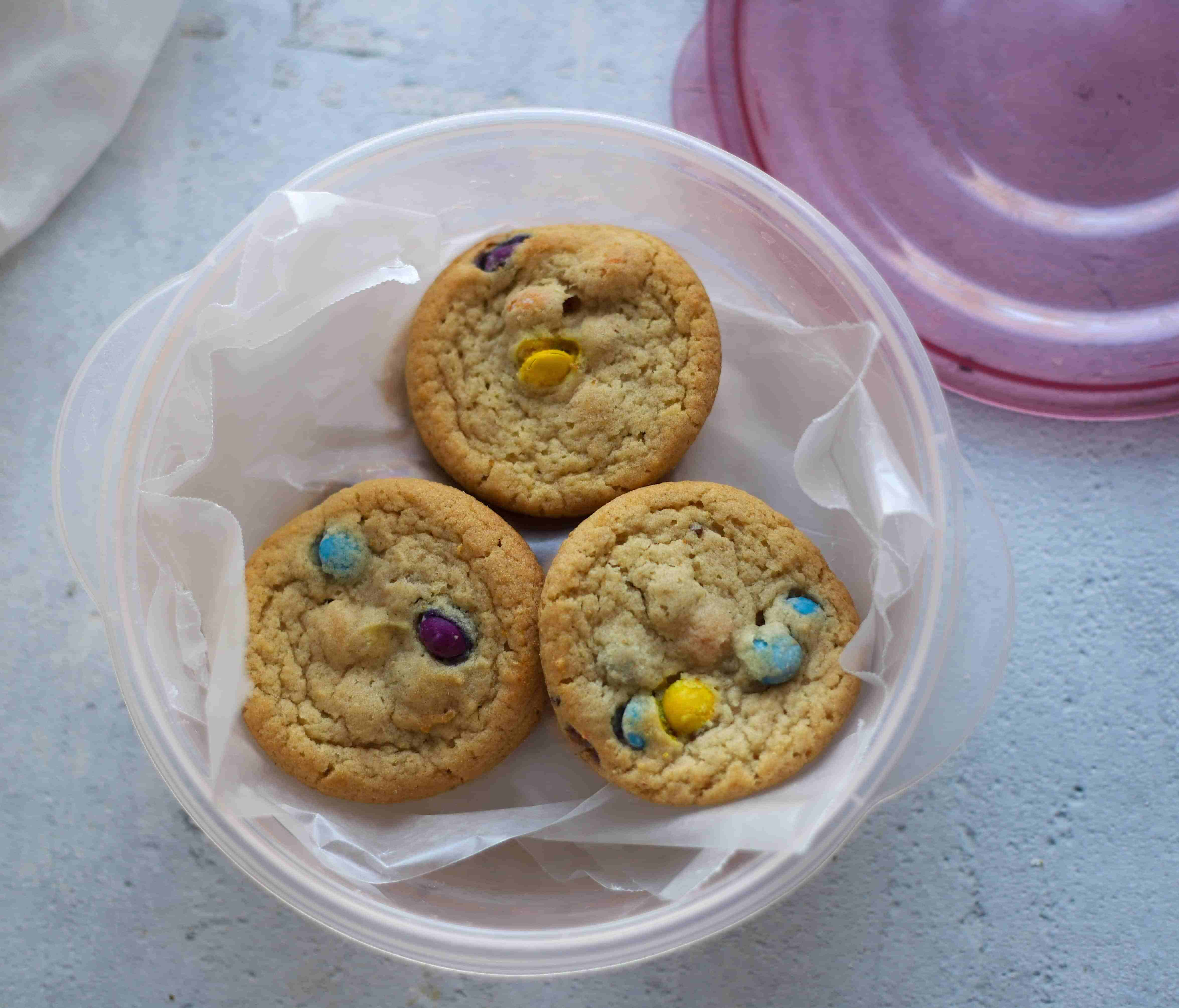

Articles
How To Store Cookies After Baking
Modified: April 30, 2024
Discover helpful articles on how to properly store cookies after baking to keep them fresh and delicious for longer.
(Many of the links in this article redirect to a specific reviewed product. Your purchase of these products through affiliate links helps to generate commission for Storables.com, at no extra cost. Learn more)
Introduction
After baking a batch of delicious cookies, it’s important to properly store them to maintain their freshness and flavor. Whether you are a baking enthusiast or preparing for a special occasion, knowing how to store cookies can make all the difference between enjoying a tasty treat or ending up with a stale disappointment. Hope Bell, the owner and baker at Chummys Bakery, shared her insights on cookie storage, emphasizing the importance of proper techniques in preserving their quality. Her advice, drawn from years of baking experience, underscores the significance of storing cookies correctly to maintain their freshness and flavor.
Proper storage not only helps to preserve the texture and taste of cookies, but it also extends their shelf life. This means you can savor your homemade cookies for longer without compromising on quality.
In this article, we will explore the importance of proper cookie storage and provide you with essential guidelines and tips to help you keep your cookies fresh for as long as possible. With the right techniques, you can ensure that every cookie you bake remains delicious and enjoyable.
Key Takeaways:
- Proper storage is crucial for maintaining the freshness, texture, and flavor of cookies, ensuring they remain enjoyable for an extended period of time.
- Consider factors such as cookie type, ingredients, climate, and storage duration to determine the most suitable storage method for optimal cookie freshness.
Read more: How To Store No Bake Cookies
Importance of Proper Cookie Storage
Proper cookie storage is essential for maintaining their freshness, texture, and taste. Without the right storage techniques, cookies are susceptible to becoming stale, losing their moisture, and absorbing unwanted odors. Here are some key reasons why proper cookie storage is important:
Preserving Freshness: Storing cookies correctly helps to retain their freshness. Whether they are soft and chewy or crisp and crunchy, properly stored cookies will stay at their best for a longer period of time.
Maintaining Texture: Cookies rely on their texture to provide a satisfying eating experience. Without proper storage, they can become hard and dry or lose their crispness. By storing cookies properly, you can help maintain the desired texture and ensure that they stay enjoyable to eat.
Preventing Staleness: Staleness is a common issue when it comes to cookies. They can lose their moisture and become hard and brittle if exposed to air for too long. Proper storage methods can help combat staleness and keep your cookies fresh and delectable.
Protecting Flavor: Cookies are all about flavor, and proper storage helps to preserve it. By minimizing exposure to air and other elements, you can protect the delicate flavors and nuances of your cookies, ensuring that each bite is as delicious as the first.
Extending Shelf Life: When cookies are stored properly, their shelf life can be significantly extended. This is particularly useful if you have baked a large batch and want to enjoy them gradually over time. Proper storage techniques allow you to savor your homemade cookies for days or even weeks.
Minimizing Moisture Absorption: Cookies can absorb moisture from the environment, altering their texture and taste. Proper storage helps to prevent moisture absorption, keeping the cookies in their original state and preserving their desired characteristics.
Overall, proper storage is key to preserving the quality, taste, and texture of your cookies. By implementing the right techniques, you can ensure that your homemade treats stay fresh and enjoyable for as long as possible.
Factors to Consider When Storing Cookies
When it comes to storing cookies, there are several factors to consider to ensure optimal freshness and longevity. Taking these factors into account will help you determine the most suitable storage method for your specific type of cookies. Here are some important factors to keep in mind:
Cookie Type: Different types of cookies have different storage requirements. Soft and delicate cookies, such as snickerdoodles or sugar cookies with frosting, may need extra care to prevent them from sticking together or losing their texture. On the other hand, crispy cookies, like biscotti or shortbread, tend to stay fresh longer and can be stored more easily.
Ingredients: The ingredients used in cookies can impact their storage needs. For example, cookies that contain perishable items like cream cheese, fruit fillings, or custards may need to be stored in the refrigerator to prevent spoilage. Keep in mind any ingredients that require specific temperature conditions to ensure the cookies remain safe and delicious.
Climate and Humidity: The climate and humidity level of your environment can affect how your cookies retain their freshness. In humid climates, cookies may become soft, lose their texture, or even mold more quickly. In such cases, it’s important to store cookies in airtight containers or use moisture-absorbing packets to keep them dry.
Storage Duration: Consider how long you plan to store your cookies. If you intend to enjoy them within a few days, simple airtight containers may suffice. However, if you want to store them for longer periods, you may need to use additional techniques like freezing or vacuum sealing to maintain their freshness.
Available Storage Space: Evaluate the space you have available for storing cookies. If you have limited storage space, you may need to choose compact storage options like stacking or using containers that can be easily stacked to save space.
Transportation: If you need to transport cookies, whether for gift-giving or a special event, consider the portability factor. Choose storage options that provide protection during transportation, such as sturdy cookie tins or individual packaging.
By considering these factors, you can determine the most suitable storage method for your cookies and ensure they remain fresh and delicious until you’re ready to enjoy them. Taking these considerations into account will help maintain the texture, taste, and quality of your cookies for an extended period of time.
General Guidelines for Storing Cookies
When it comes to storing cookies, there are some general guidelines that apply to most types of cookies. Following these guidelines will help maintain the freshness and flavor of your cookies, regardless of their specific characteristics. Here are some general guidelines to keep in mind:
Cooling: Before storing your cookies, ensure that they are completely cooled down. Placing warm cookies in storage containers can create condensation, which can lead to moisture buildup and make the cookies lose their texture. Allow the cookies to cool on wire racks for at least an hour before moving on to the storage phase.
Airtight Containers: The key to keeping cookies fresh is to store them in airtight containers. This helps to prevent air from reaching the cookies, which can cause them to become stale. Opt for containers with a tight-sealing lid, such as cookie jars, plastic food storage containers, or resealable plastic bags. Make sure the containers are clean and dry before adding the cookies to avoid any unwanted odors or moisture absorption.
Separate Layers: To prevent cookies from sticking together, separate each layer with wax paper, parchment paper, or even plastic wrap. This is especially important for soft and delicate cookies. By adding a barrier between each row or stack of cookies, you can ensure they stay in their individual form and maintain their texture and presentation.
Cool, Dry Location: Store your cookies in a cool, dry place. Excessive heat and humidity can lead to the softening of cookies or even cause them to mold. Avoid storing cookies near appliances or in direct sunlight, as this can affect their quality. Choose a location away from the stove, oven, or any heat sources, and store them in a pantry or cupboard where the temperature remains relatively stable.
Avoid Odor-Intense Environments: Cookies can easily absorb odors from their surroundings. To prevent this, avoid storing cookies near strong-smelling foods or substances such as onions, garlic, or cleaning products. This will help ensure that your cookies maintain their intended flavor and aroma.
Label and Date: It’s a good practice to label and date your stored cookies. This will help you keep track of when they were baked and ensure that you consume them in a timely manner. Use stickers, tags, or write directly on the storage containers to provide a clear reference.
By following these general guidelines, you can ensure that your cookies stay fresh and delicious for as long as possible. These guidelines provide a solid foundation for storing cookies, but it’s also important to consider specific storage recommendations based on the type of cookies you are storing. Let’s explore some specific storage recommendations for different types of cookies next.
After baking, allow cookies to cool completely before storing them. Store in an airtight container at room temperature for up to one week, or freeze for longer storage.
Specific Storage Recommendations for Different Types of Cookies
While the general guidelines for storing cookies apply to most types, some cookies require specific storage methods to maintain their freshness and texture. Here are some specific storage recommendations for different types of cookies:
Soft and Chewy Cookies: Soft and chewy cookies, such as chocolate chip or oatmeal cookies, are best stored in an airtight container at room temperature. To maintain their softness, you can add a slice of bread to the container, which will help to retain moisture. Just make sure to replace the bread slice as it becomes stale.
Crisp and Crunchy Cookies: Crisp and crunchy cookies, like biscotti or shortbread, should be stored in an airtight container at room temperature. These cookies have a longer shelf life and can be stored for several weeks without losing their texture. Keeping them in an airtight container will help maintain their crispness.
Frosted or Decorated Cookies: To prevent the frosting or decoration on cookies from smudging or getting damaged, store them in a single layer in an airtight container. Place a sheet of wax paper or parchment paper between each layer to provide a protective barrier. You can also refrigerate frosted cookies for a short period, but keep in mind that condensation can cause the frosting to become sticky.
Bar Cookies: Bar cookies, like brownies or blondies, can be stored in an airtight container at room temperature. Cut them into individual servings and place wax paper between the layers to separate them. If the bars have a gooey or soft filling, store them in the refrigerator to prevent spoilage.
Filled or Sandwich Cookies: Filled or sandwich cookies, such as macarons or whoopie pies, should be stored in the refrigerator. Place them in an airtight container to preserve their moisture and prevent them from drying out. Just make sure to bring them to room temperature before serving to allow the fillings to soften.
Freezing Cookies: If you want to extend the shelf life of your cookies, freezing them is an excellent option. Most types of cookies freeze well and can be stored for several months. Ensure the cookies are completely cooled before placing them in airtight freezer bags or containers. For frosted or decorated cookies, freeze them without stacking and add an extra layer of protection by wrapping them individually with plastic wrap. Thaw frozen cookies by letting them sit at room temperature for a few hours or overnight before consuming.
It’s important to note that not all cookies freeze well. Some cookies, like meringues or delicate cookies with a high moisture content, may lose their texture when frozen. It’s always a good idea to test freeze a small batch before freezing a larger quantity.
By following these specific storage recommendations, you can effectively preserve the quality, texture, and taste of your cookies, ensuring a delightful treat each time.
Read more: How To Store Baked Cookies
Tips for Maximizing Cookie Freshness
To ensure that your cookies stay fresh and delicious for as long as possible, here are some valuable tips to maximize their freshness:
Cool Completely: Allow your cookies to cool completely before storing them. This helps prevent moisture buildup and keeps them from becoming soggy or losing their texture.
Store in Airtight Containers: Use airtight containers, such as cookie jars or plastic food storage containers, to keep out air and moisture. Properly sealed containers help maintain the cookies’ freshness, preventing them from becoming stale.
Separate Layers: When storing multiple layers of cookies, separate them with layers of wax paper, parchment paper, or plastic wrap. This prevents them from sticking together and helps maintain their individual shape and texture.
Use Moisture-Absorbing Packets: If you live in a humid environment, consider placing moisture-absorbing packets, like silica gel or food-grade desiccants, in your storage containers. These packets can help absorb excess moisture and prevent the cookies from becoming soft or stale.
Avoid Direct Sunlight and Heat: Store your cookies in a cool, dry place away from direct sunlight or heat sources. Excessive heat can cause cookies to melt or lose their structure, while direct sunlight can affect their flavor and freshness.
Store Soft and Crisp Cookies Separately: If you’re storing both soft and crisp cookies, it’s best to keep them in separate containers. This prevents the soft cookies from absorbing moisture from the crisp ones, which can cause them to become soggy.
Do Not Store Cookies in the Fridge: Unless specifically required for certain types of cookies, avoid storing cookies in the refrigerator. The moisture and cold temperatures can alter their texture and flavor.
Freeze for Extended Storage: If you want to store cookies for an extended period, freezing is a great option. Make sure to wrap them tightly in plastic wrap or place them in airtight freezer bags to prevent freezer burn. Thaw the frozen cookies at room temperature before consuming.
Use Proper Labeling and Rotation: Label your containers with the date and type of cookies stored. This helps you keep track of their freshness and prioritize consumption based on their storage time. Consume the older cookies first to ensure their optimal freshness.
Avoid Storing for Too Long: While proper storage can extend the shelf life of your cookies, it’s best to consume them within a reasonable time frame to enjoy them at their prime. Freshly baked cookies are always the most delicious, so aim to consume them within a few days or weeks of baking.
By following these tips, you can maximize the freshness and flavor of your cookies, ensuring that each bite is just as delightful as the first.
Common Mistakes to Avoid when Storing Cookies
When it comes to storing cookies, there are a few common mistakes that can negatively impact their freshness and taste. By being aware of these mistakes, you can avoid them and ensure that your cookies stay in their best condition. Here are some common mistakes to avoid when storing cookies:
Not Allowing Cookies to Cool Completely: One of the biggest mistakes is storing cookies before they have fully cooled down. Placing warm cookies in a container can create condensation, leading to moisture buildup and making them lose their desirable texture. Always cool your cookies completely on a wire rack before storing them.
Using Improper Storage Containers: Using the wrong storage containers can be a detrimental mistake. Avoid storing cookies in open bags or containers that aren’t airtight. Air and moisture can quickly make the cookies stale, affecting their taste and texture. Invest in airtight containers or cookie jars to maintain optimal freshness.
Storing Different Types of Cookies Together: Mixing different types of cookies in one storage container can lead to flavor transfer and texture alteration. Strong-flavored cookies, like chocolate or mint, can impart their flavors onto other cookies. Additionally, soft cookies can become moist and lose their texture when stored with crispy cookies. Store different types of cookies separately to maintain their individual qualities.
Exposing Cookies to Heat and Sunlight: Storing cookies in areas where they are exposed to heat or direct sunlight is another mistake to avoid. Heat can cause cookies to become overly soft, while sunlight can affect their flavor and freshness. Find a cool, dry place away from heat sources to store your cookies properly.
Ignoring Climate and Humidity Levels: Neglecting to consider the climate and humidity levels in your storage area is a common mistake. Cookies can absorb moisture from the air, leading to a loss of their desired texture and taste. In humid environments, it’s crucial to use moisture-absorbing packets or silica gel to prevent moisture buildup and maintain freshness.
Not Rotating Stored Cookies: Another common mistake is not practicing proper rotation of stored cookies. It’s important to consume the older cookies first to ensure their optimal freshness. Labeling and dating your stored cookies can help you keep track of which ones to consume first.
Freezing Cookies Improperly: Freezing cookies can be an effective way to prolong their shelf life, but it’s important to freeze them properly. Wrap each cookie tightly in plastic wrap or use airtight freezer bags to prevent freezer burn. Improper wrapping can lead to the absorption of unwanted freezer odors, affecting the flavor of the cookies.
Storing Cookies for Too Long: Lastly, storing cookies for an excessively long time can lead to a decline in quality and taste. While proper storage can extend their freshness, cookies are at their best when consumed within a reasonable time frame. Aim to enjoy your cookies within a few days or weeks of baking for the best experience.
By avoiding these common mistakes, you can ensure that your stored cookies retain their freshness, taste, and texture, allowing you to savor every delightful bite.
Conclusion
Properly storing cookies is crucial for preserving their freshness, flavor, and texture. By following the guidelines and tips outlined in this article, you can ensure that your homemade cookies stay delightful for as long as possible.
Start by considering the specific storage needs of different types of cookies, taking into account their texture, ingredients, and shelf life. Use airtight containers, separate layers with parchment or wax paper, and store cookies in a cool, dry place away from heat and sunlight. Avoid mixing different types of cookies together to prevent flavor transfer and texture alteration.
Maximize cookie freshness by allowing them to cool completely before storing, using moisture-absorbing packets in humid environments, and avoiding common mistakes such as improper wrapping or storing cookies for too long.
Remember that proper storage techniques can extend the shelf life of your cookies, but nothing beats the taste of freshly baked treats. So, aim to enjoy your cookies within a reasonable time frame to fully savor their flavor and quality.
Whether you’re baking for a special occasion or simply craving a sweet indulgence, knowing how to store cookies after baking is essential. With the right storage methods, you can ensure that every cookie you make remains fresh, delicious, and enjoyable.
So, the next time you bake a batch of cookies, follow these storage guidelines and tips to preserve their irresistible taste and texture. Your future self will thank you for the extra effort when you bite into that scrumptious cookie, still fresh and full of flavor.
Frequently Asked Questions about How To Store Cookies After Baking
Was this page helpful?
At Storables.com, we guarantee accurate and reliable information. Our content, validated by Expert Board Contributors, is crafted following stringent Editorial Policies. We're committed to providing you with well-researched, expert-backed insights for all your informational needs.
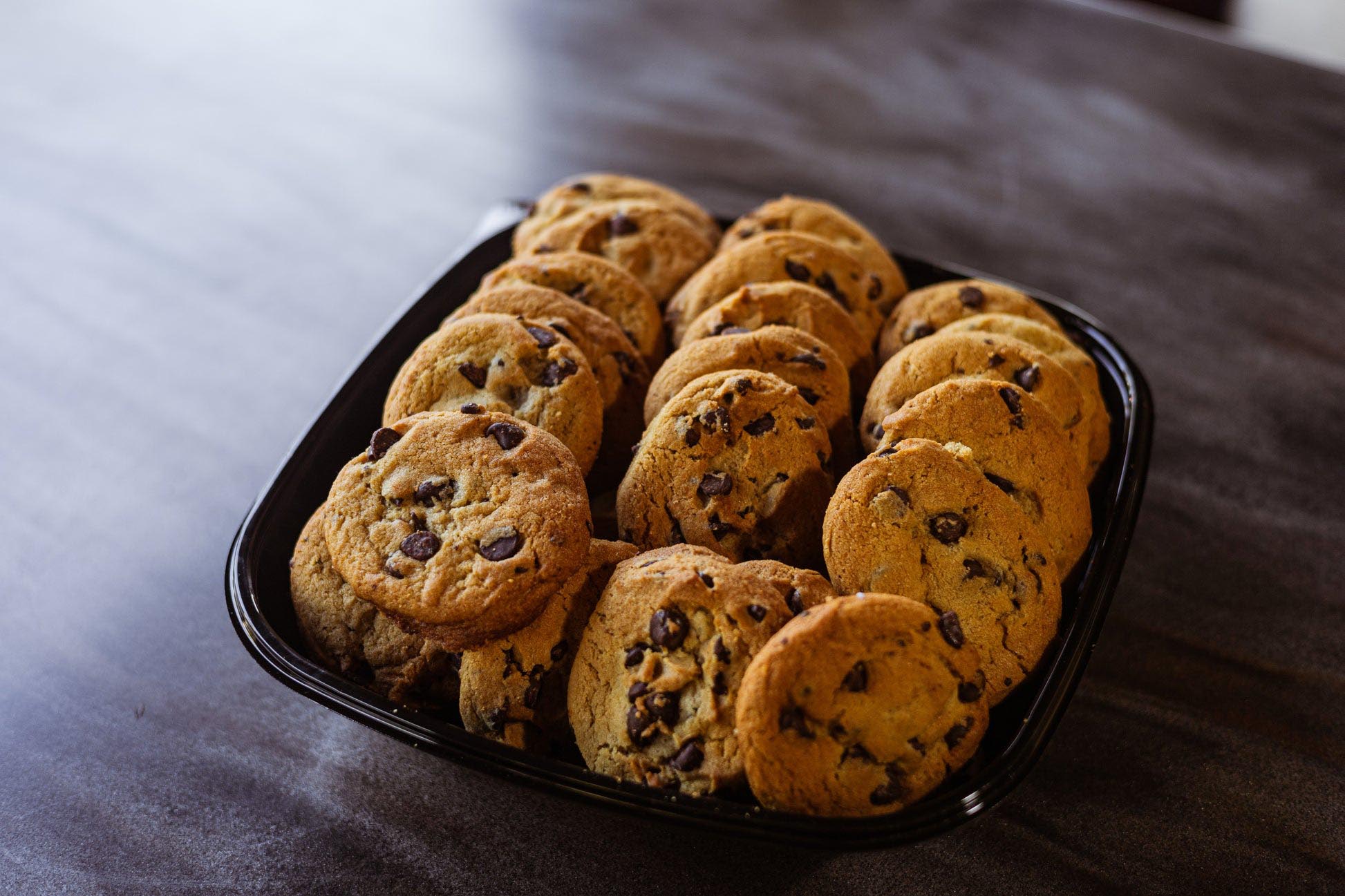
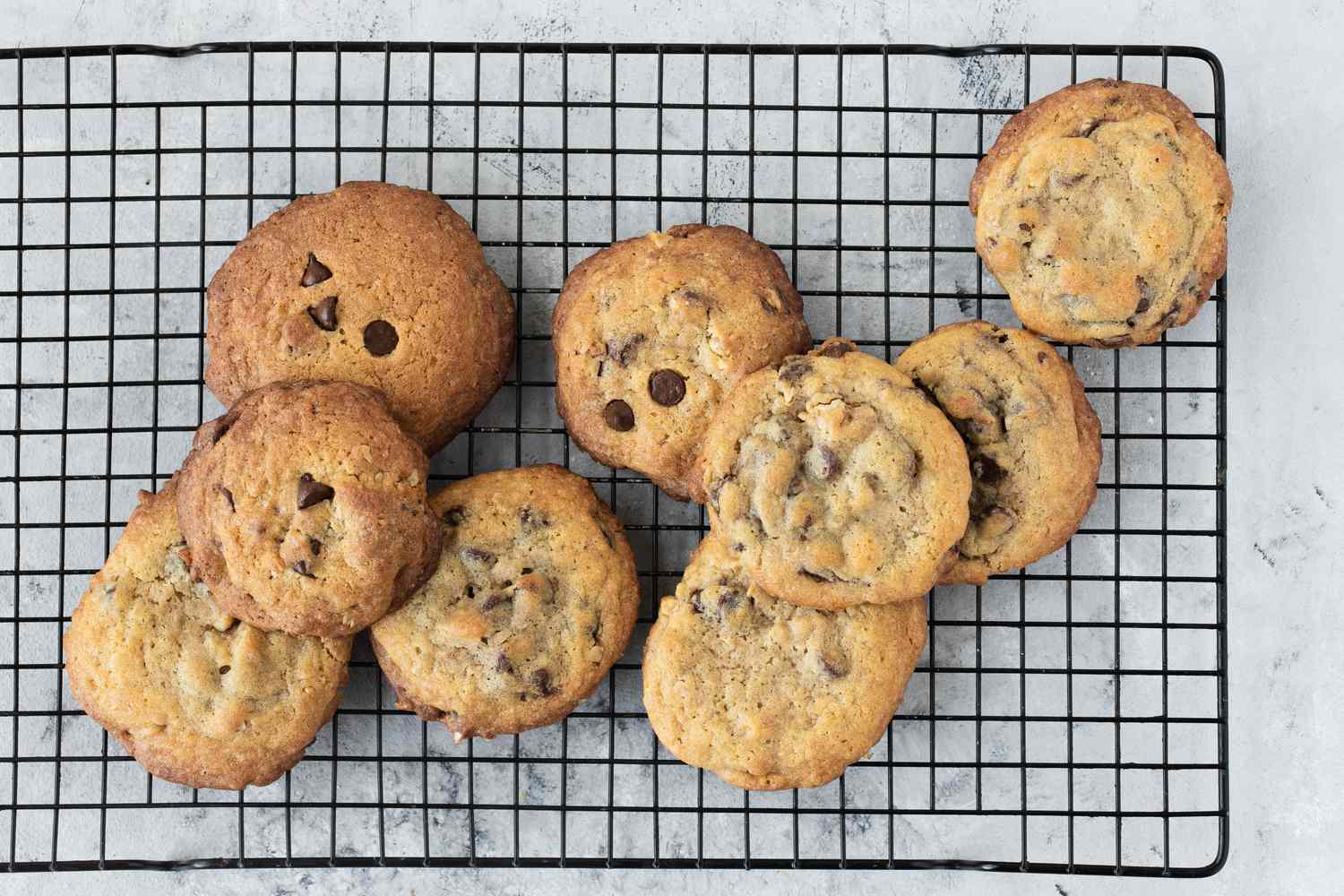

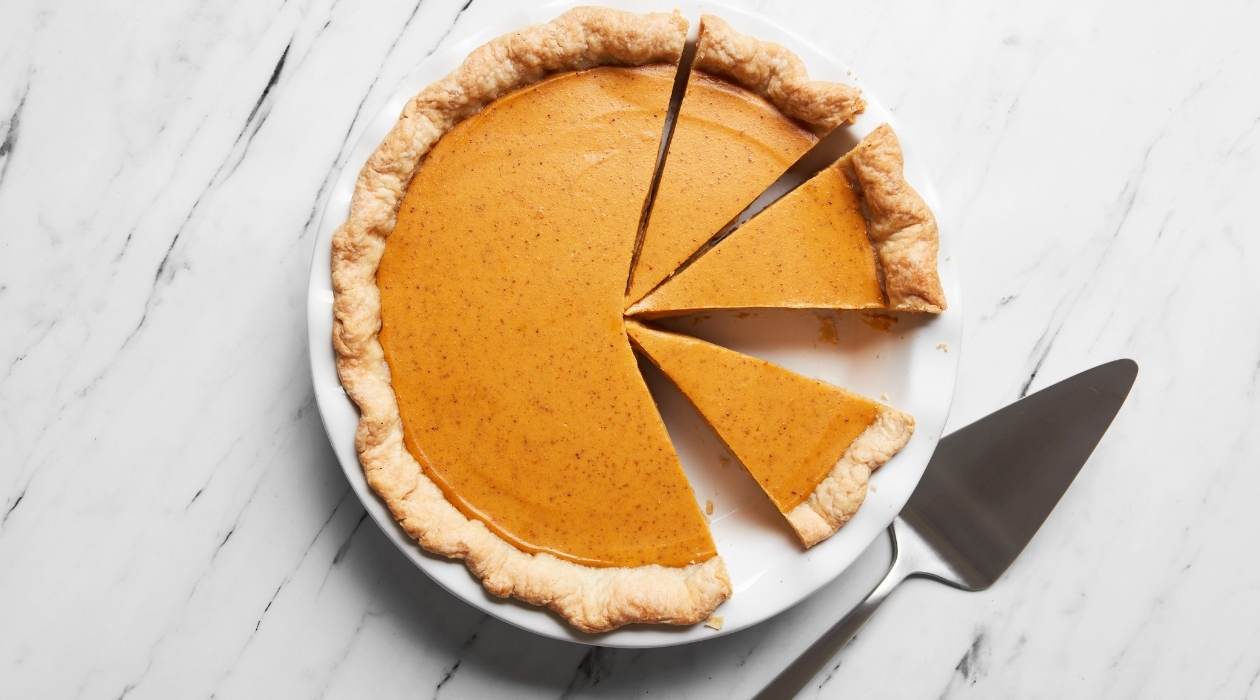
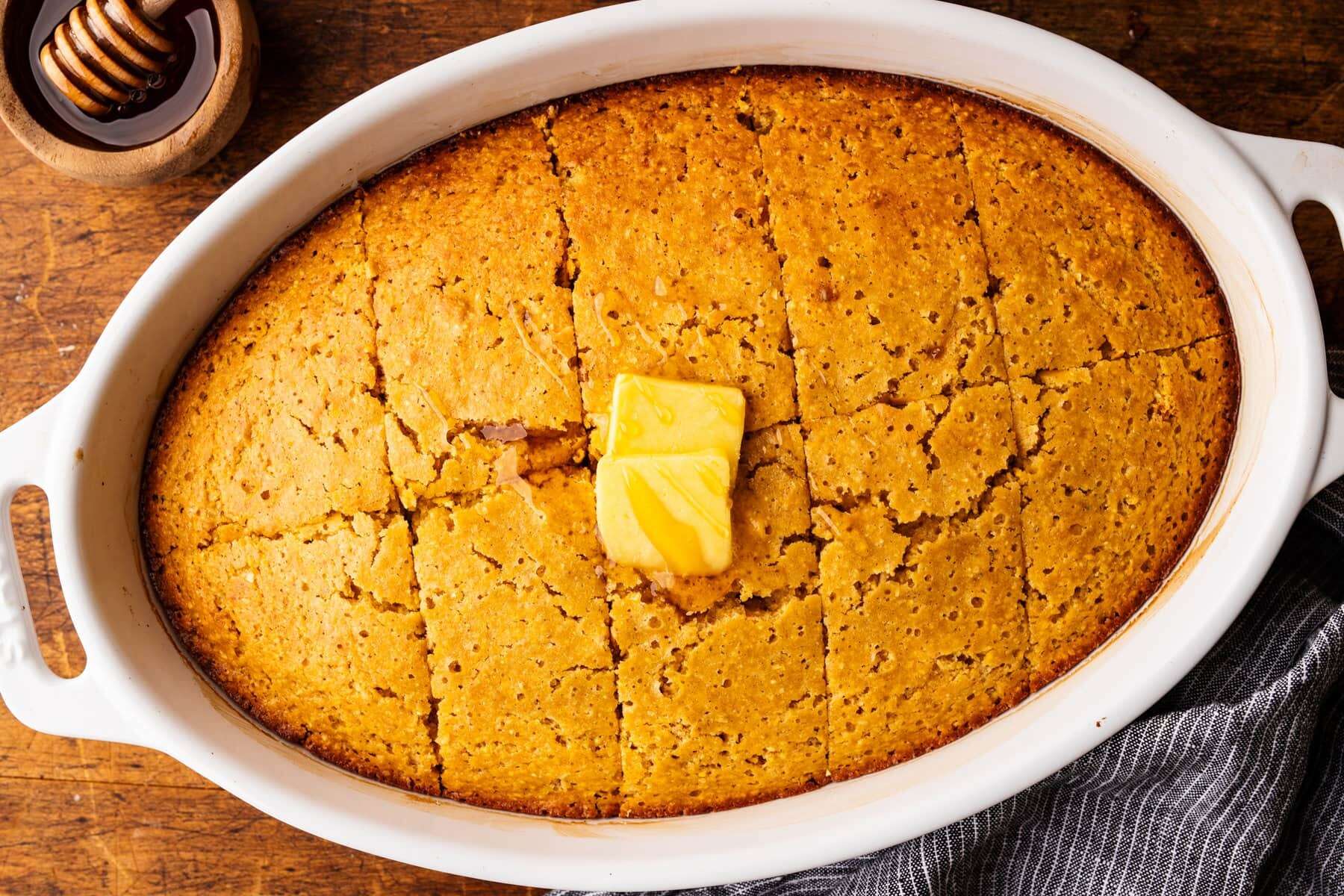

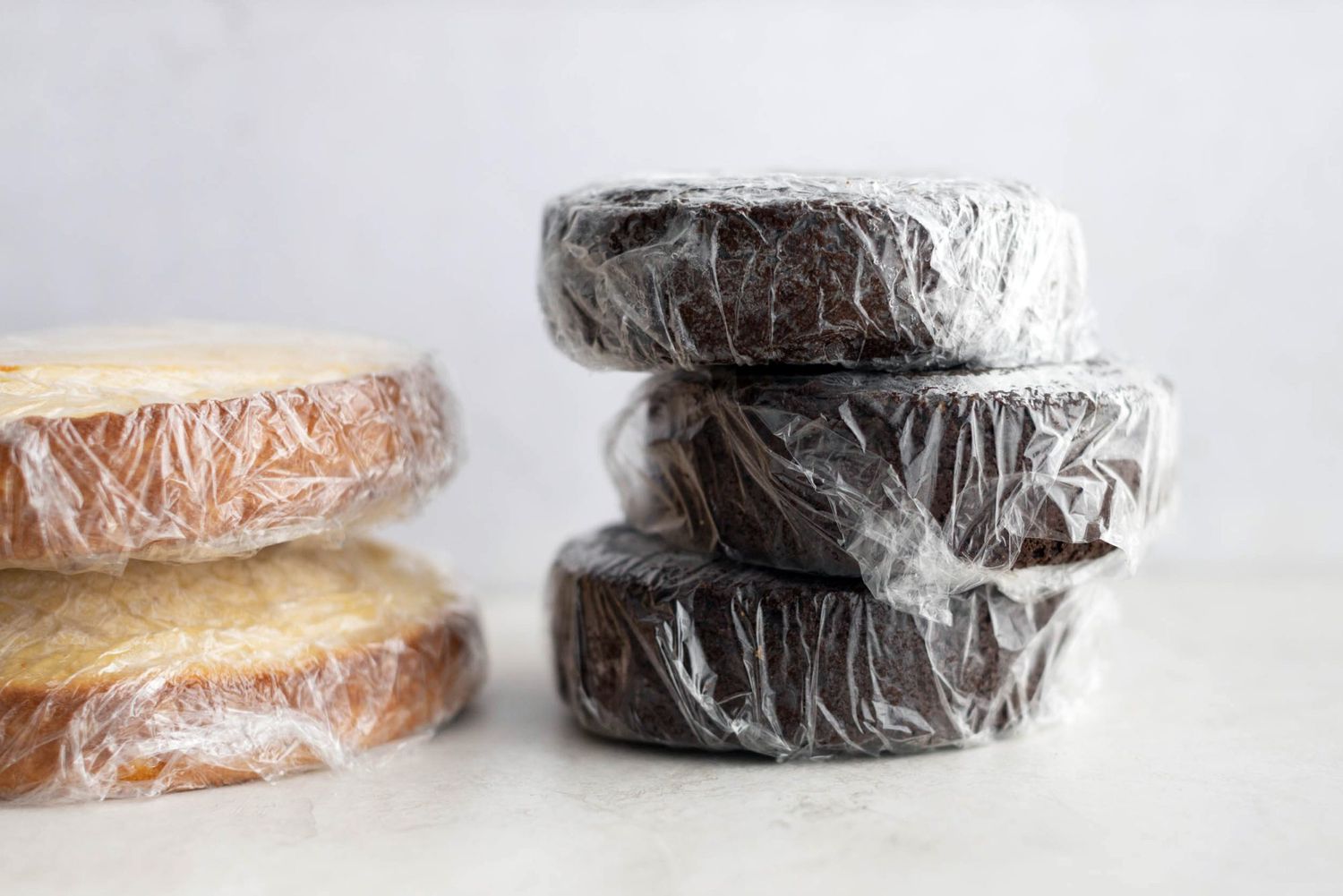
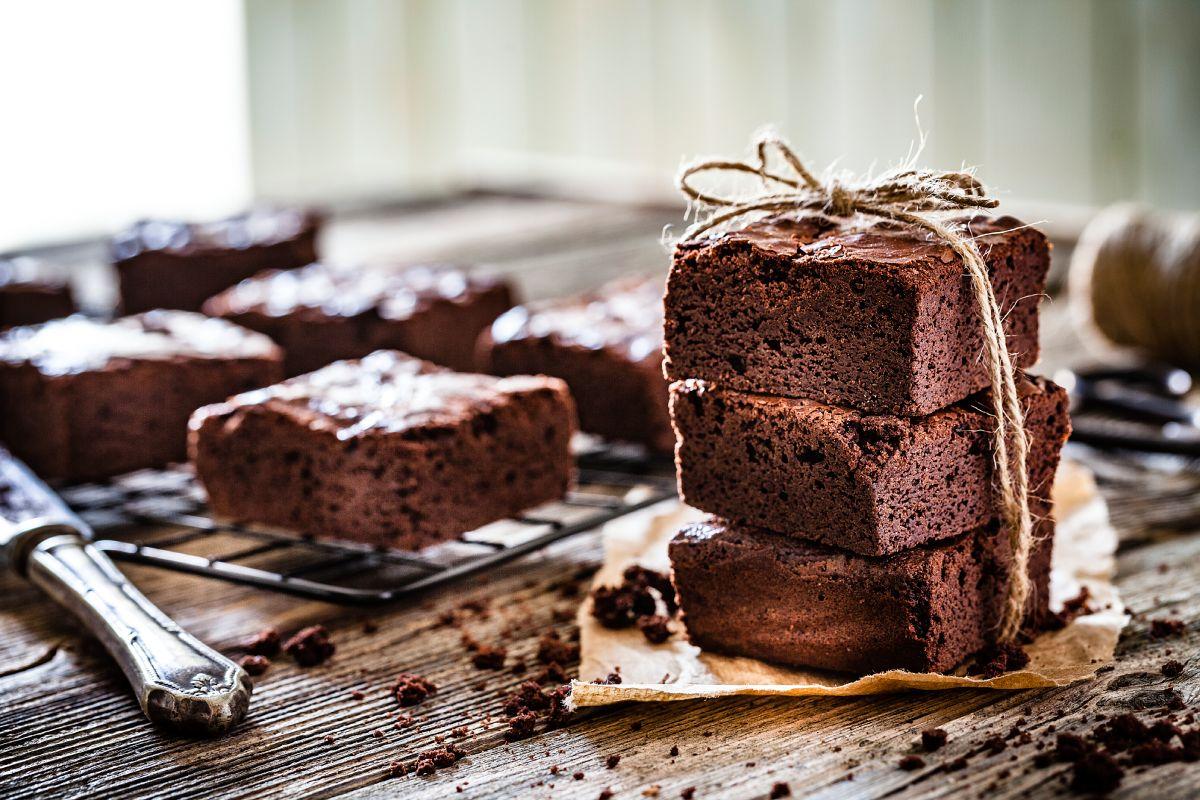
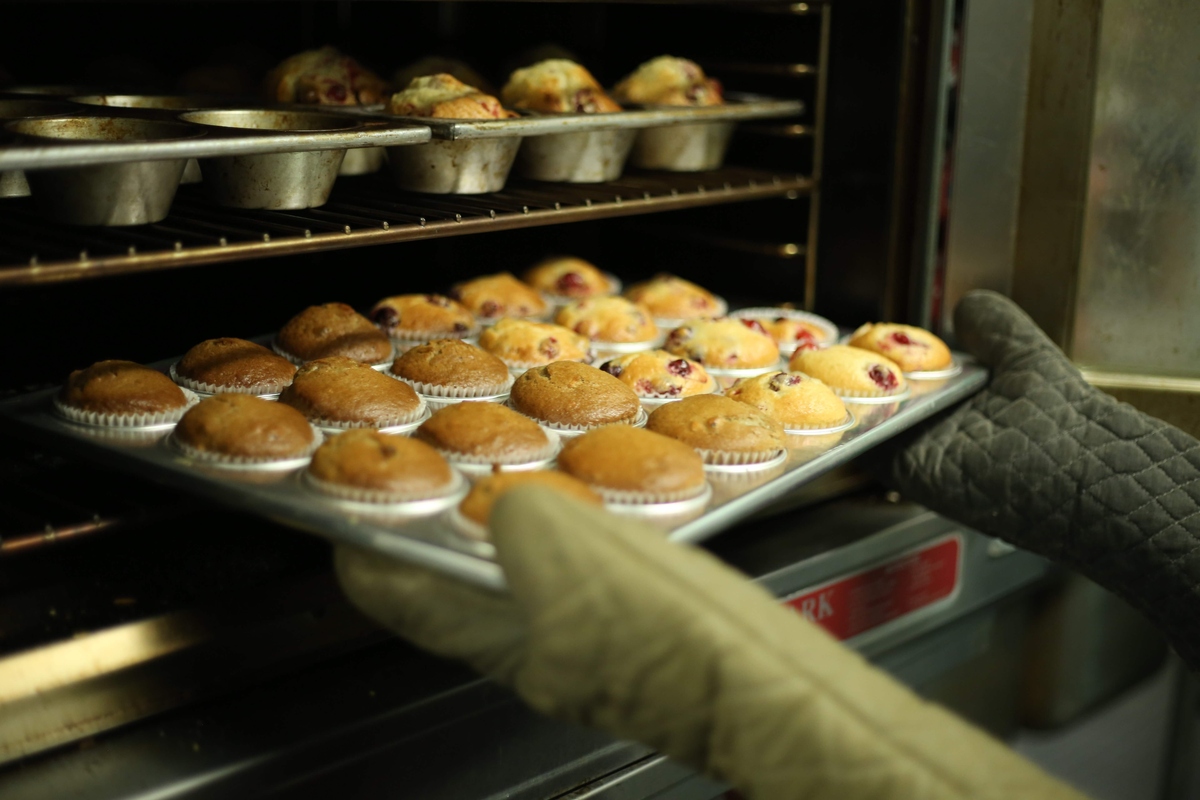
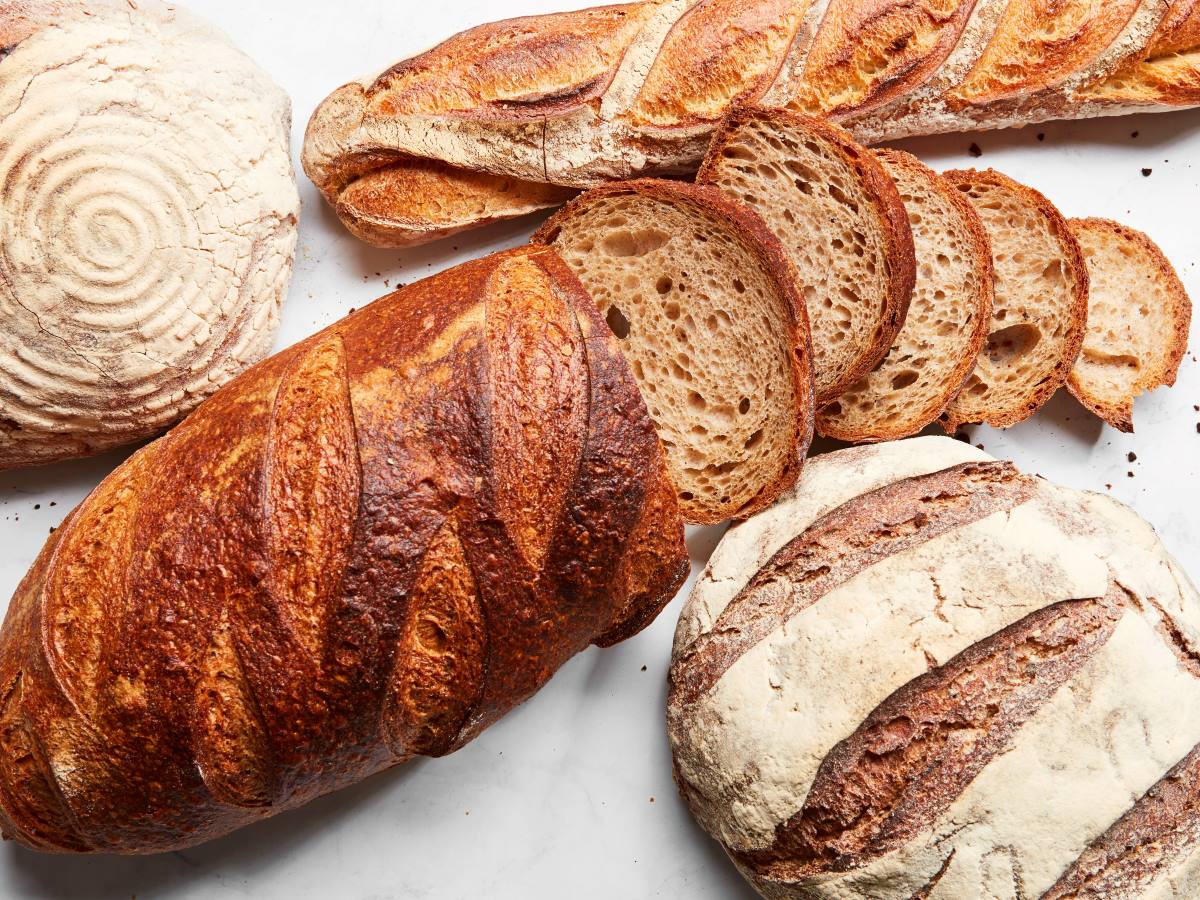
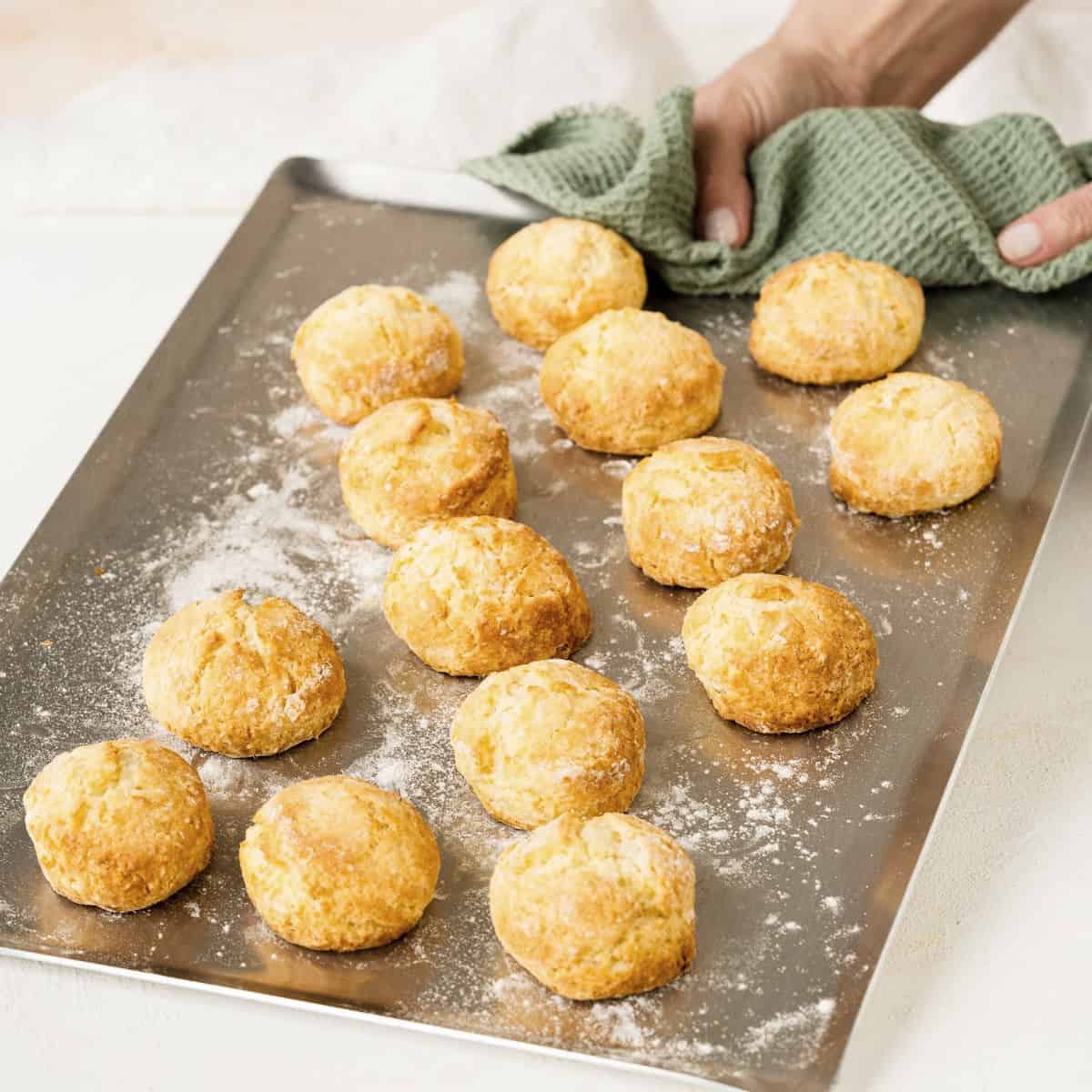
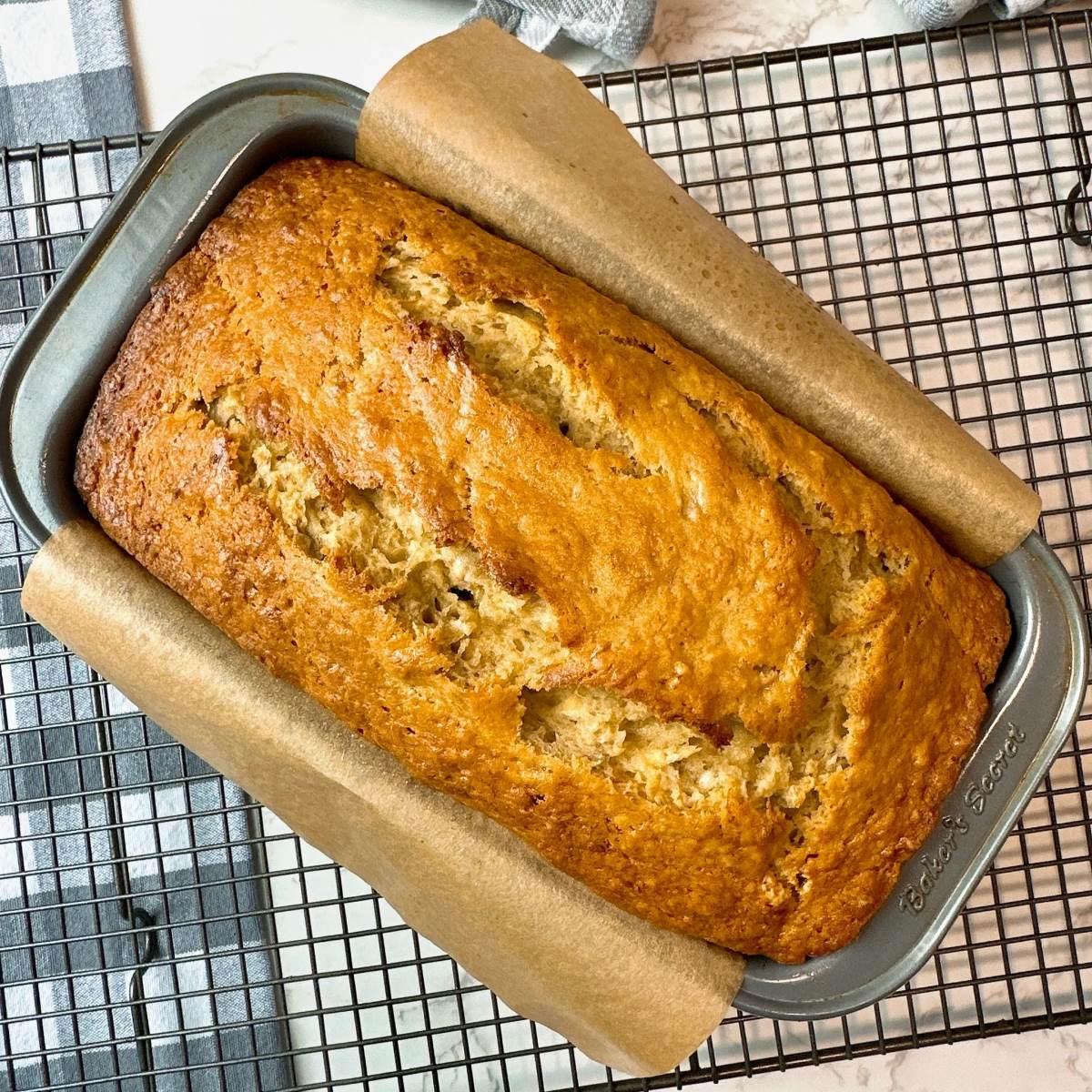
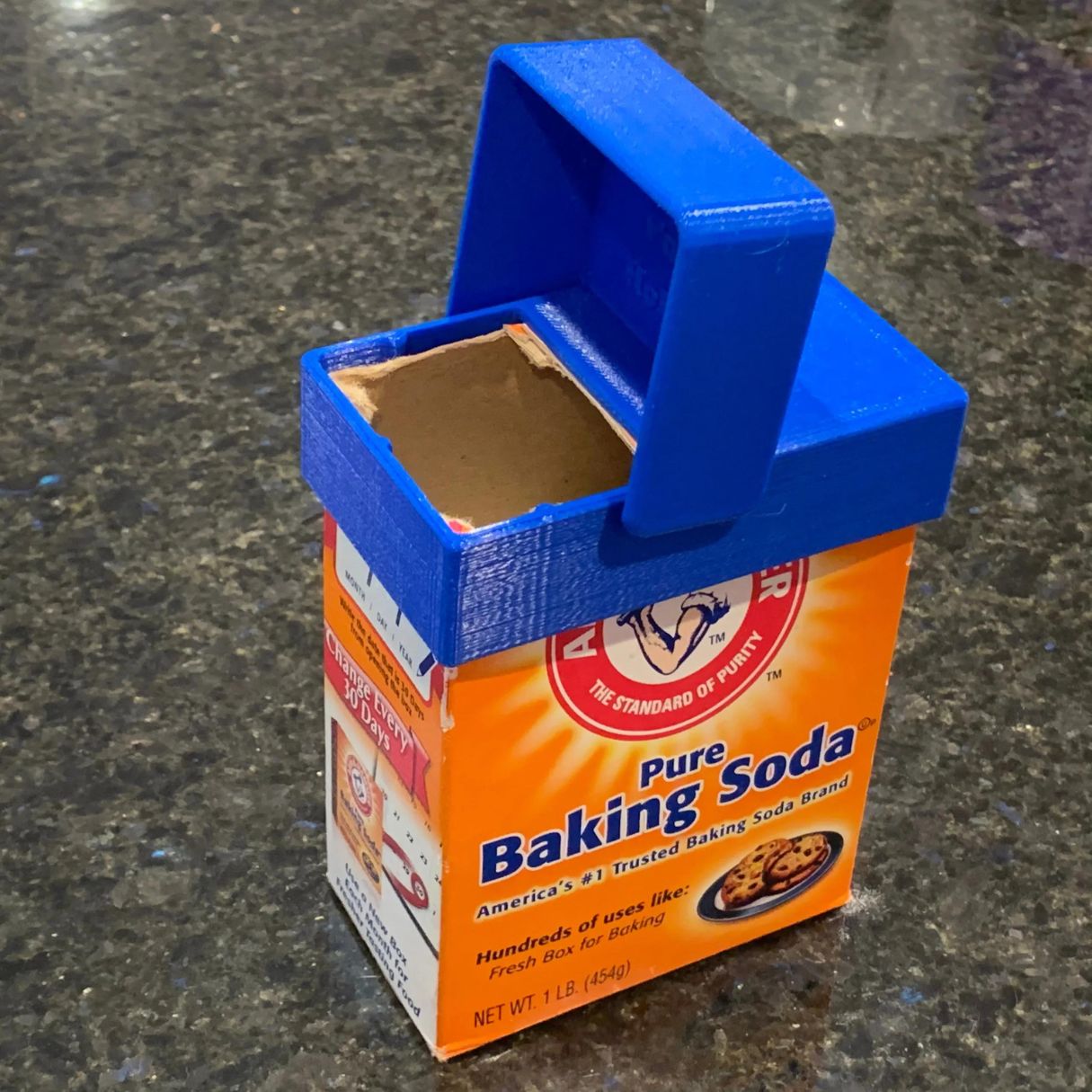
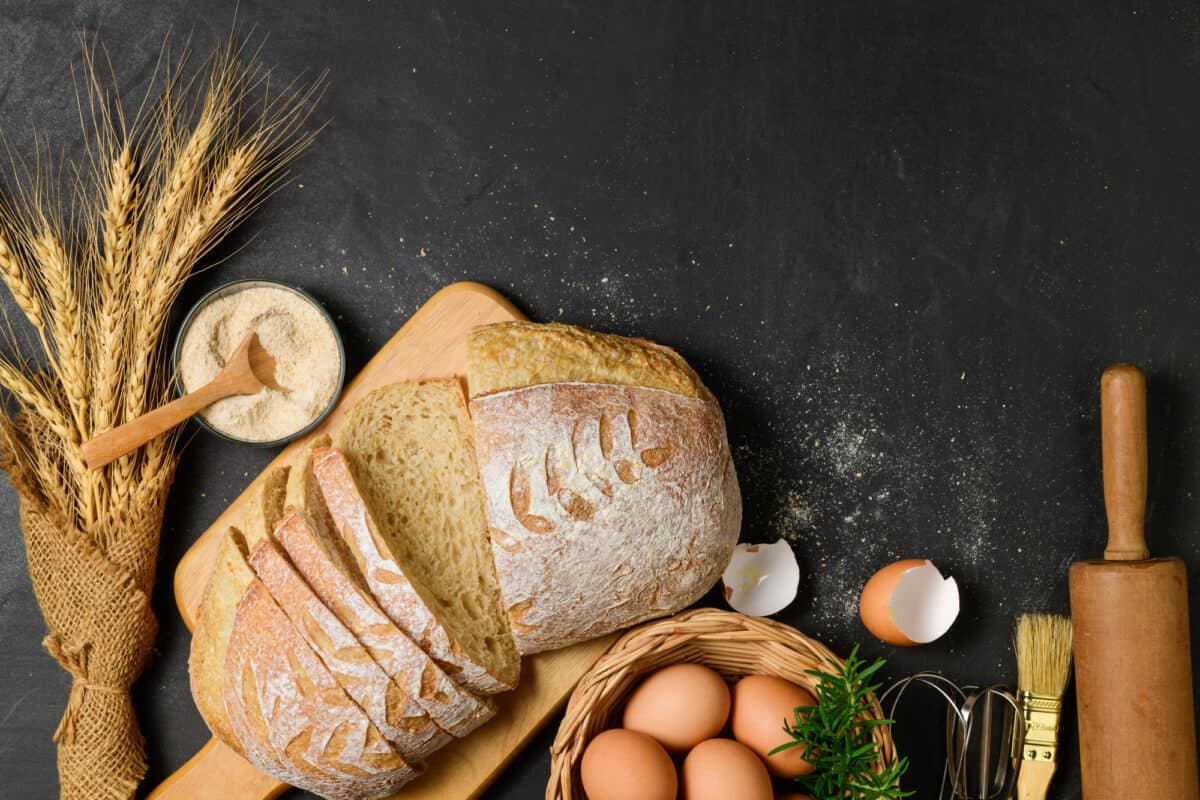

0 thoughts on “How To Store Cookies After Baking”